European Standards for Sports Surfaces
Five years ago, new European Standards were introduced that replaced all existing national standards for the performance of sports surfaces. Since then, the work to develop these standards has continued and new versions will soon be published. SAPCA provides an update and examines the implications for the marketplace in the UK
What are the European Standards?
As part of the EU’s desire to facilitate the free trade of products throughout Europe, each country’s existing national standards for sports surfaces have been through a process of harmonisation, leading to the introduction of new European Standards. In the UK, these standards replaced the existing British Standard BS 7044 for multi-use sports surfaces.
How are the standards developed?
The Committee European de Normalisation (CEN) is the European equivalent of the British Standards Institution (BSI). Within CEN there are numerous technical committees, each looking after the harmonisation of standards for different products: CEN TC/217 is responsible for sports surfaces.
Under this technical committee there are various working groups, each responsible for standards for different types of surface or looking at different aspects, such as test methods and environmental issues.
Each country has its own shadow technical committee, which co-ordinates its input into the work. In the UK it is BSI Technical Committee PRI/57. This committee is made up of experts from various stakeholder organisations from across the UK sports facility marketplace; many of the committee members are from the industry, but there are also sports councils, sports governing bodies and other sports-related bodies represented
What is an ISO?
ISO stands for International Standards Organisation; an ISO standard has worldwide status, whereas CEN just relates to Europe.
To limit the huge amount of work involved, if there is already a relevant ISO standard then CEN will simply adopt it as a European Standard, rather than duplicate it.
Why do we need standards and test methods for sports surfaces?
A sports surface is a complicated piece of engineering that must have the right playing characteristics for the sport. It must be safe to use and should withstand rough treatment and remain stable for a realistic period of time.
It was not long after the introduction of the first synthetic sports surfaces in the late 1960s and early 1970s that sports bodies began to recognise the need to be able to measure and specify the playing characteristics they required from the new types of surfaces.
What properties are measured?
The European Standards set down agreed limits for the performance of sports surfaces – not the method of construction – using agreed test methods. The tests can generally be split into four groups:
- Ball/surface interaction: properties such as ball bounce, ball roll and pace.
- Person/surface interaction: dynamic properties such as shock absorbency, surface deformation, energy restitution and the frictional properties of the surface as experienced by the athlete or player.
- Constructional aspects: properties influenced by factors during construction, such as seam strength, tensile properties (of in-situ mixed and laid polymeric materials), permeability, gradients, regularity, dimensions and line markings.
- Durability: how resistant a surface is to ageing through weathering, wear and tear and predictions of how the sport performance of the surface may change over its life, as a result of these influences.
How do European Standards relate to standards set by NGBs?
The European Standards are aimed at recreational standards of play, for sports facilities open to public use, whereas sports governing bodies, such as IAAF (athletics), FIFA (soccer), IRB (rugby), ITF (tennis) and FIH (hockey), define the requirements for higher-level participation in their own sports. In most cases the standards should be complementary.
Which standards have been published?
Three standards were published in 2007 and 2008: indoor surfaces for multi-sports use; synthetic surfaces for outdoor sports areas; and synthetic turf and needle-punch surfaces for outdoor use. The existing British Standard for multi-use sports surfaces (BS 7044) was then withdrawn.
The standard for indoor sports surfaces (BS EN 14904) relates to surfaces for multi-sports use and not single-sport facilities such as indoor tennis courts. This covers indoor surface systems, i.e. it includes both the supporting and upper layers whether prefabricated, produced in-situ or a combination of the two.
The standard for synthetic surfaces for outdoor sports areas (BS EN 14877) focuses on polymeric (rubberised) surfaces, for three specific uses: athletics, tennis and multi-sports.
The standard for synthetic turf (BS EN 15330) relates just to surfaces for outdoor use, and is split into several sections, with different requirements for hockey, football, rugby, tennis and multi-sports use. The standard is aimed at grassroots sport; each of the international sports governing bodies separately specifies its own requirements for high-level competitive play, as necessary.
The European Standards are generally more comprehensive than the British Standard they replaced, and are more representative of the types of sports surfaces now commonly used, compared to the range of products available when BS 7044 was first introduced.
What changes will be made?
Work to update the standards for synthetic surfaces and synthetic turf is nearing completion and the revised standards should be published later this year or early in 2013.
As well as including various corrections and editorial amendments, the new versions will put greater emphasis on the need for site testing, to help ensure the quality of installation – not just the quality of the products themselves. There is also a proposal to create a new standard for synthetic turf when used indoors.
Work to update the standard for indoor surfaces will take longer to complete, and is not likely to be published before mid-2013. The scope of this standard is being expanded so that it will embrace a wider range of surfaces in the future, and therefore more products will be required to comply.
There is also an important discussion taking place within CEN about which chemicals and substances can be used in the manufacture of indoor flooring; while not specifically aimed at sports surfaces there are potentially significant implications for manufacturers and suppliers of indoor sports floors in the UK.
What are the Construction Products Regulations and do they apply?
The Construction Products Regulations (which replaced the existing Construction Products Directive in March 2011), aim to “ensure the free movement of all construction products within the EU by harmonising national laws with respect to the essential requirements applicable to these products in terms of health and safety”.
The simplest way to comply with the regulations is through CE Marking. This is a declaration by the manufacturer that a product meets certain safety requirements, usually a set of essential characteristics that each product must satisfy and which are identified in the relevant harmonised standard.
Outdoor sport surfacing has, until now, been excluded from the regulations, but this ‘opt out’ is currently being reviewed. The regulations will, however, apply to indoor sport surfaces from July 2013 onwards.These key issues will be discussed when the BSI Technical Committee meets later this month.
It’s vital to the UK marketplace that the changes to the European Standards and the regulations that will be adopted should not exclude the products that are currently used and accepted within the UK. To achieve this, the input of the UK within the process has been very important and the sports facility industry continues to be actively represented by a number of members of SAPCA.

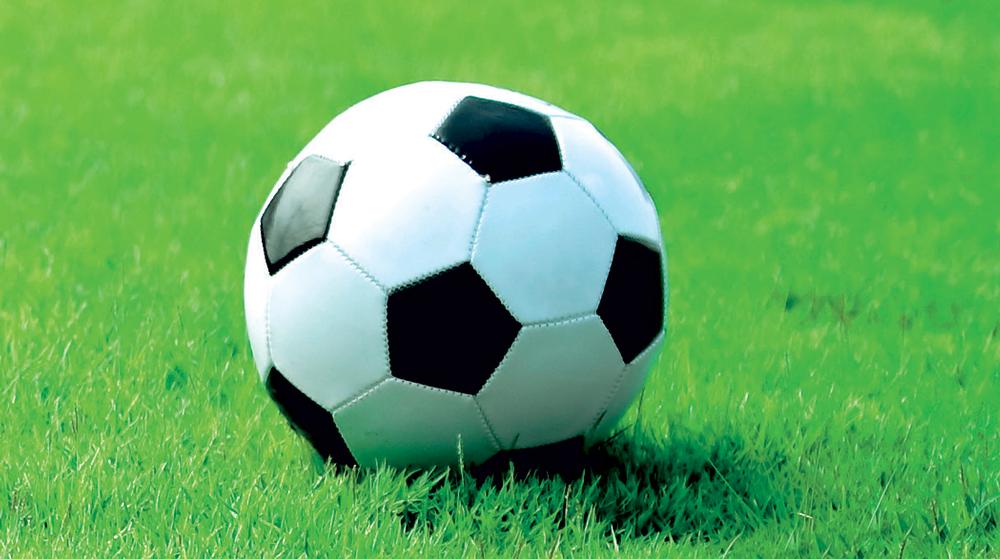
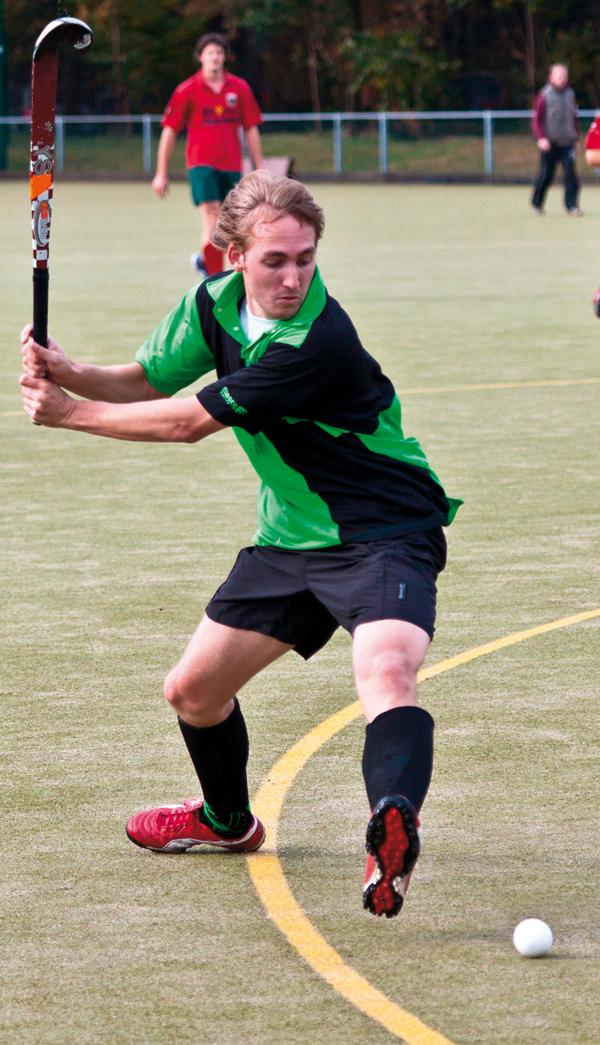
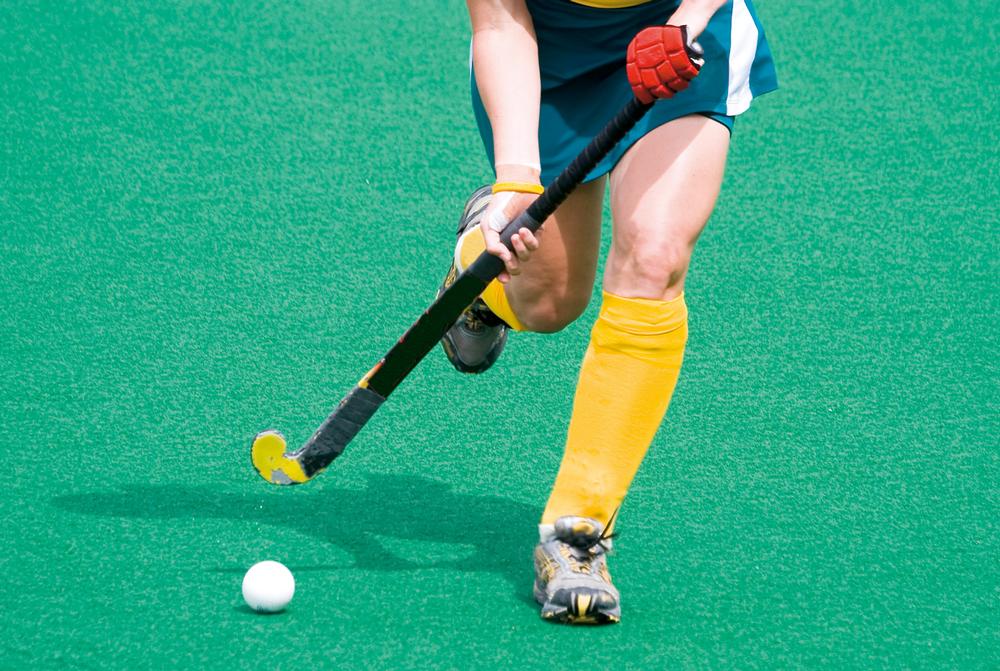
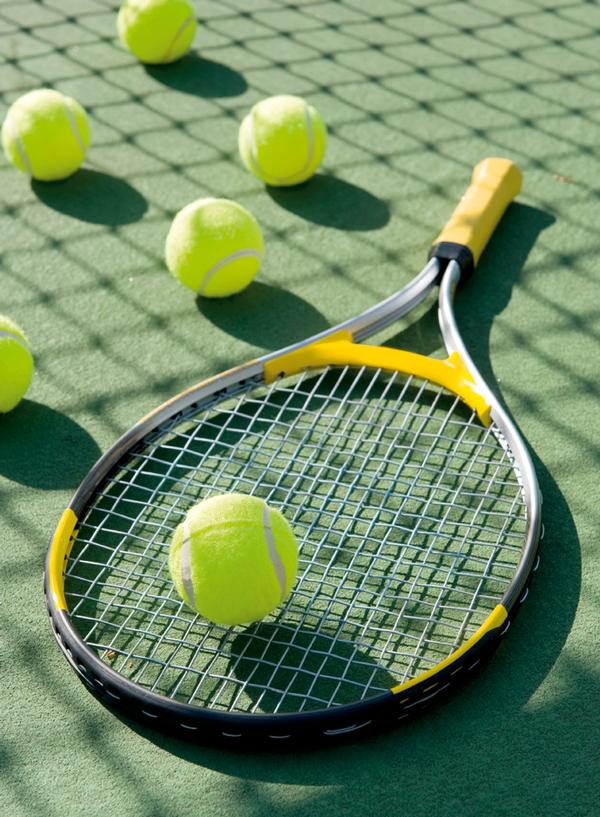
Team Leader (Harrow School Fitness Club)
Centre Manager (Leisure)
Director of Operations
Fitness Motivator
Recreation Assistant/Lifeguard (NPLQ required)
Membership Manager
Recreation Assistant
Swim Teacher
Swim Teacher
Chief Executive Officer, Mount Batten Centre
Swim Teacher
Swimming Teacher
Swimming Teacher
Company profile
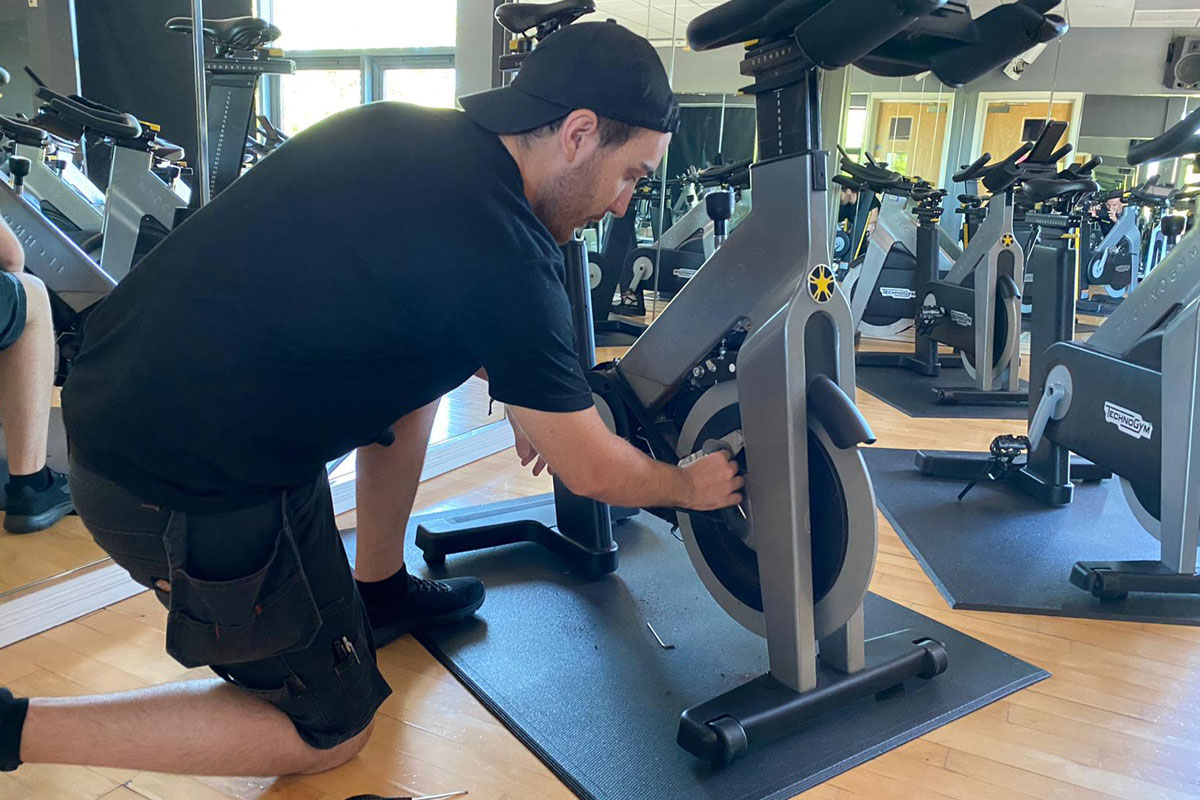
Featured Supplier

Property & Tenders
Company: Knight Frank
Company: Belvoir Castle
Company: AVISON YOUNG
Company: London Borough of Bexley
Company: Forestry England














